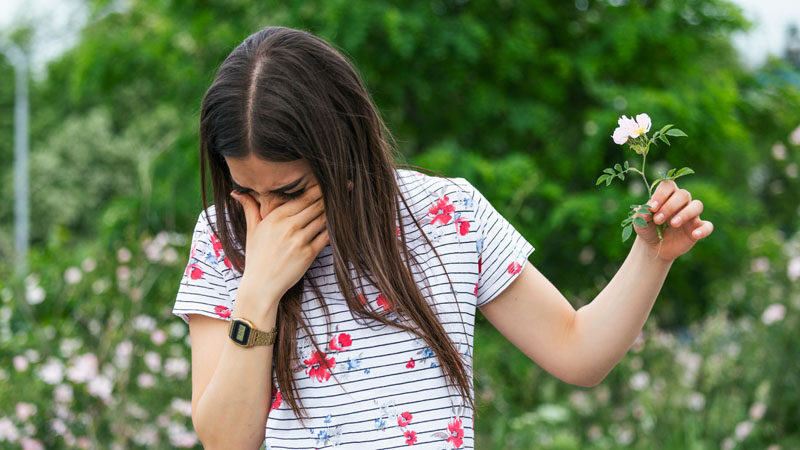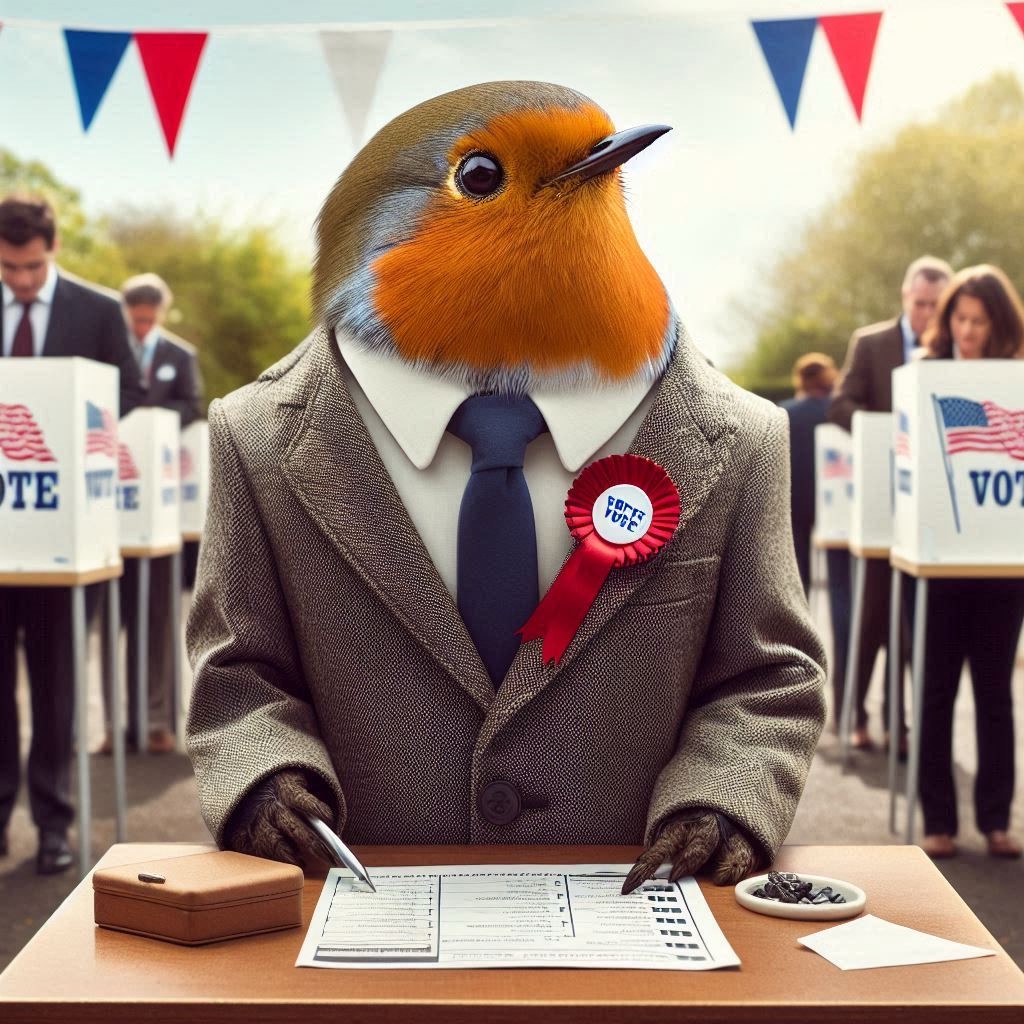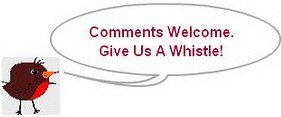
Springtime brings an end to winter and lots of nice things. Pollen, and other substances that trigger allergic reactions, are not among them.
The Asthma and Allergy Foundation of America (AAFA) says more than 100 million people in the United States live with various types of allergies every year. The triggers vary, but pollen is a big one.
Geography and other factors can make some cities worse than others when it comes to causing allergic reactions like sneezing and stuffy noses. AAFA looked at 100 American cities and picked the 10 worst for allergy sufferers.
Wichita, Kan.
Virginia Beach, Va.
Greenville, S.C.
Dallas, Texas
Oklahoma City, Okla.
Tulsa, Okla.
Richmond, Va.
Des Moines, Iowa
Raleigh, N.C.
Fayetteville, Ark.
Criteria
AAFA ranked the cities using three criteria:
The report looks at these important factors: Tree, grass, and weed pollen scores; over-the-counter allergy medicine use; and availability of board-certified allergists/immunologists.
The report finds an increasingly early start to the growing season, meaning pollen appears earlier and lasts longer.
“Pollen counts tend to rise as temperatures increase,” the report’s authors write. “Warmer days mean increased exposure to the pollens that trigger allergy symptoms.
Symptoms
Pollen can cause symptoms in people with two common allergic conditions: seasonal allergic rhinitis (“hay fever”) and allergic asthma. Common symptoms of allergic rhinitis caused by seasonal allergies include:
Runny nose (also known as rhinorrhea – usually a thin, clear discharge)
Stuffy nose (due to blockage or nasal congestion)
Sneezing
Red and watery eyes
Itchy nose, eyes, ears, or mouth
Swelling around the eyes
Photo Credit: Consumer Affairs News Department Images
Posted: 2024-03-25 11:46:32




















